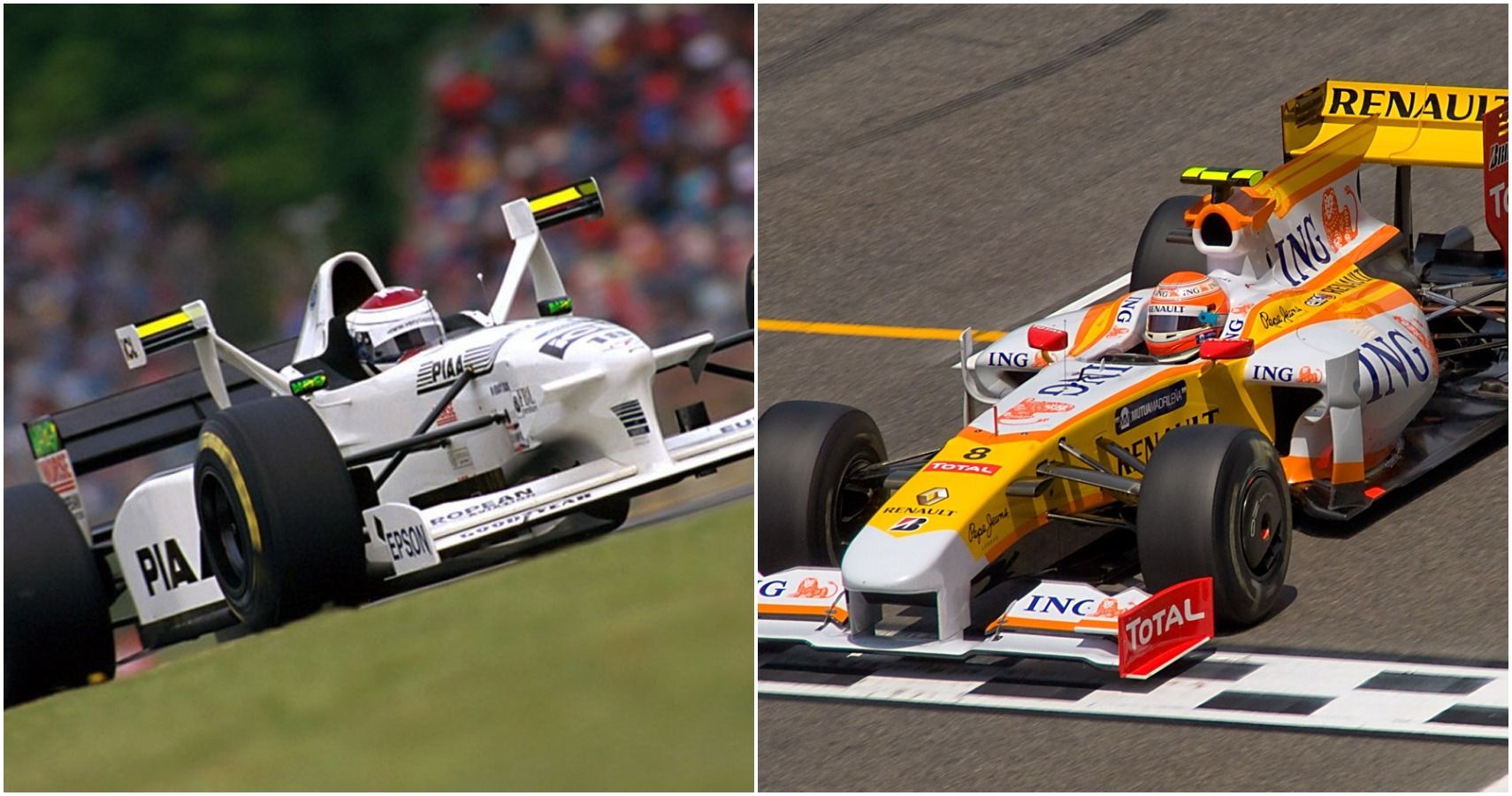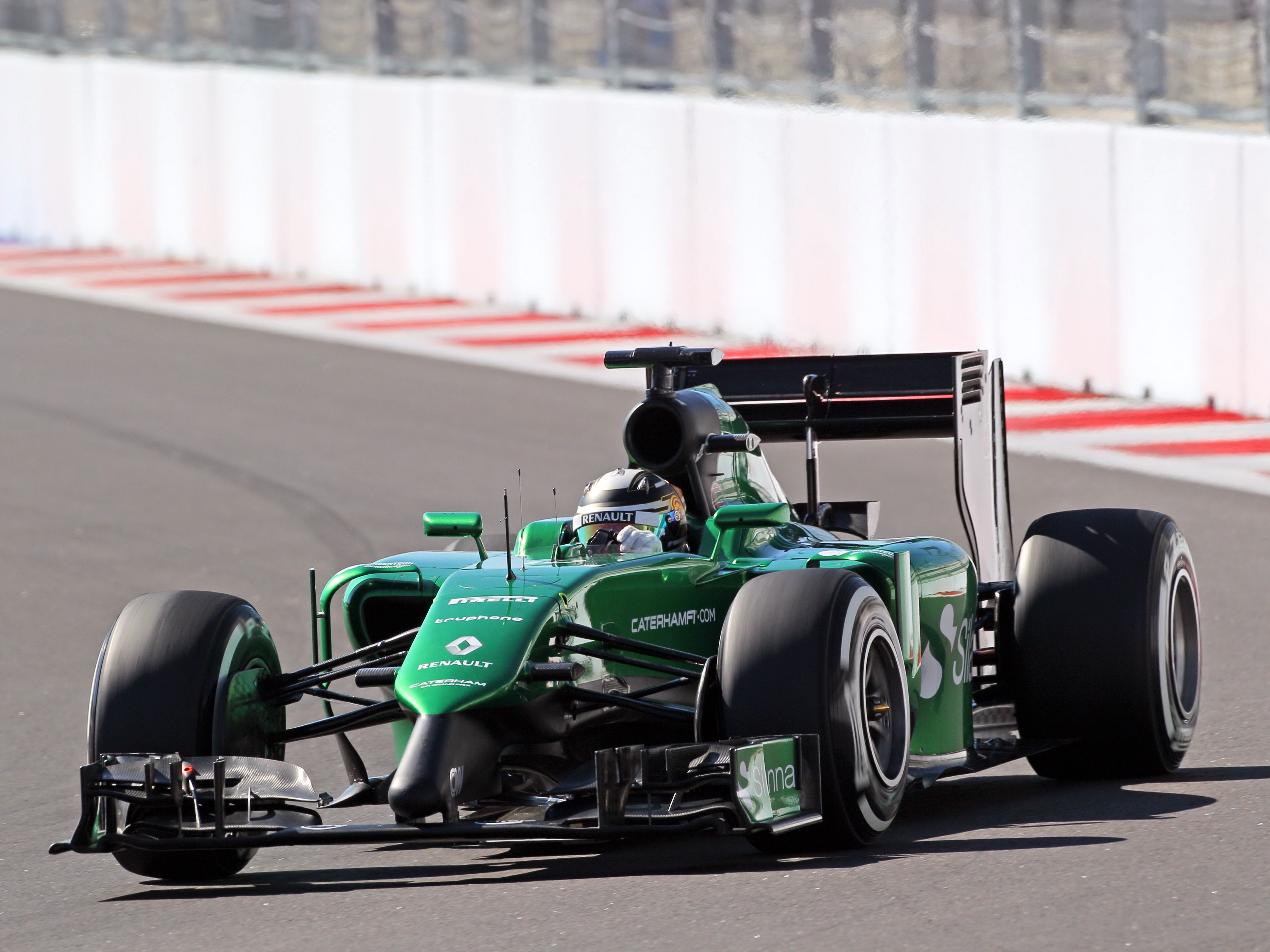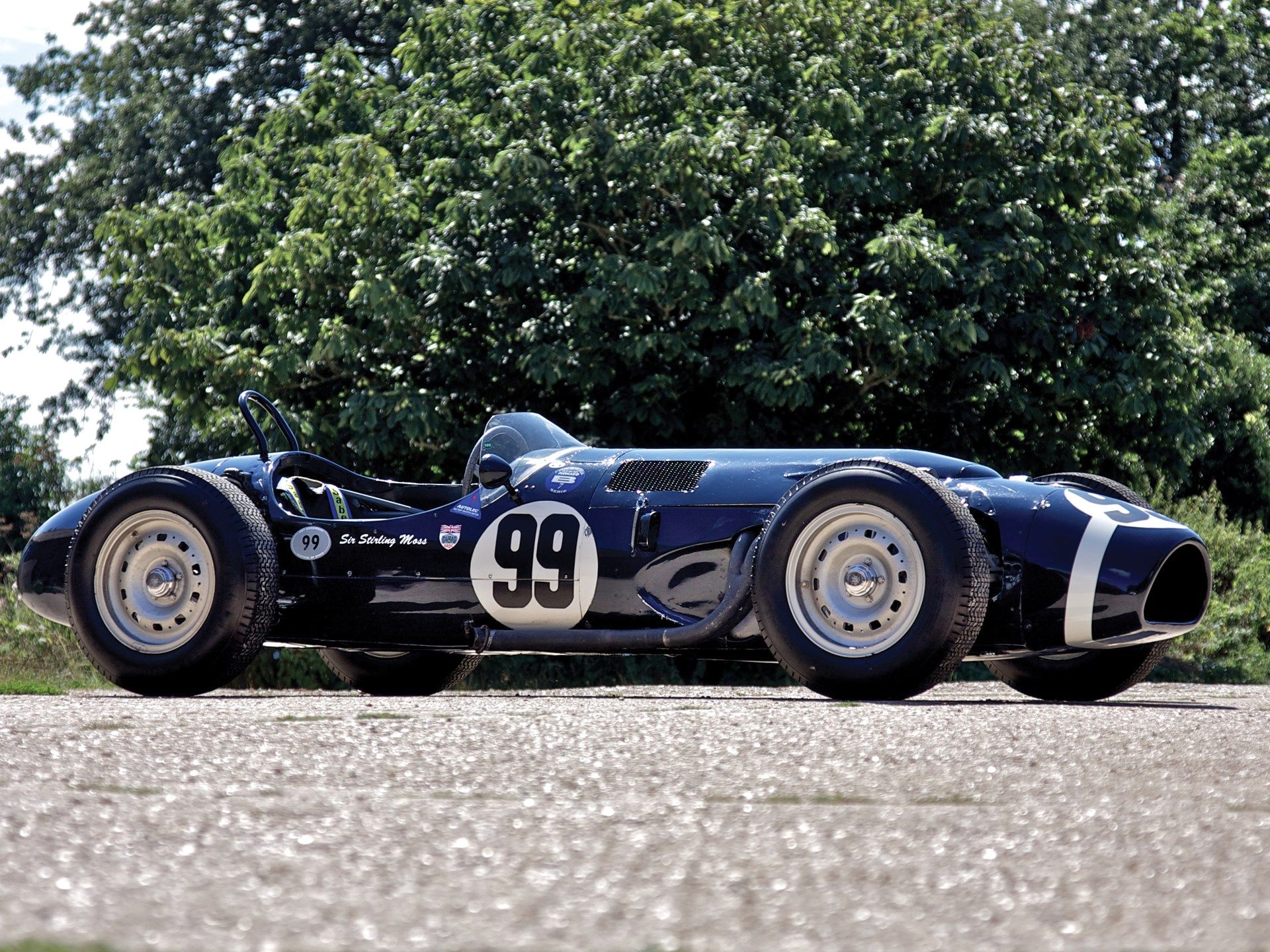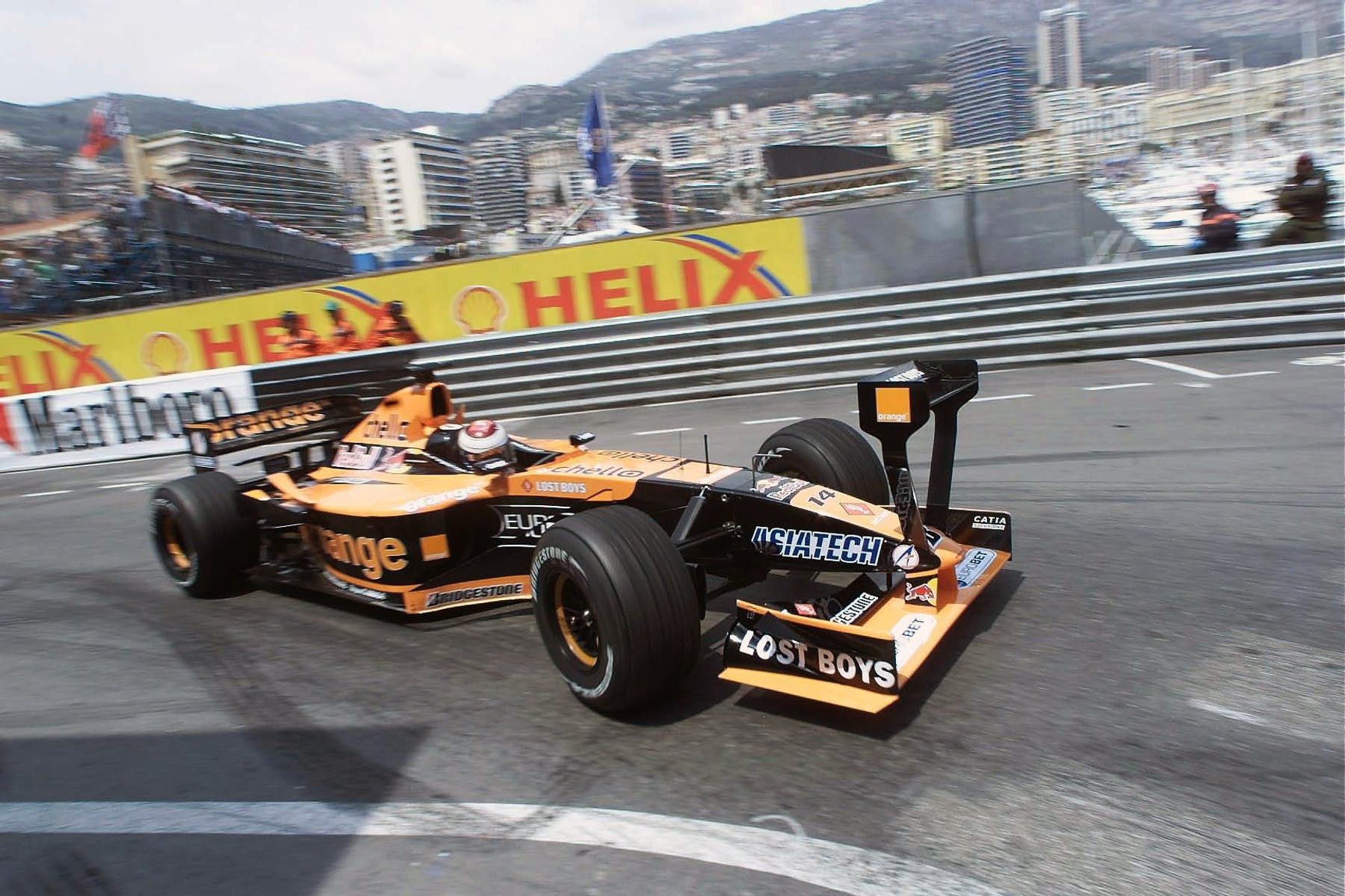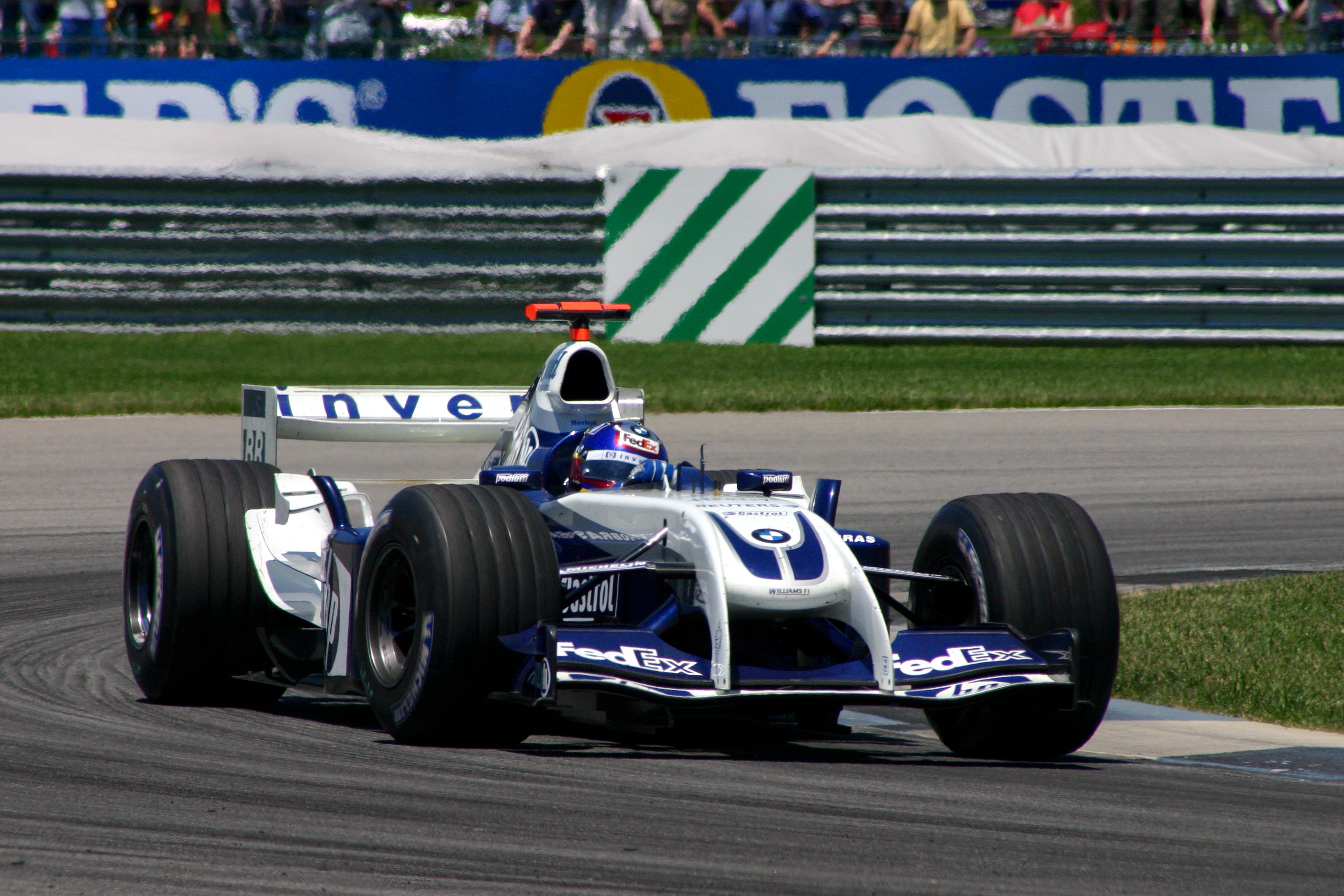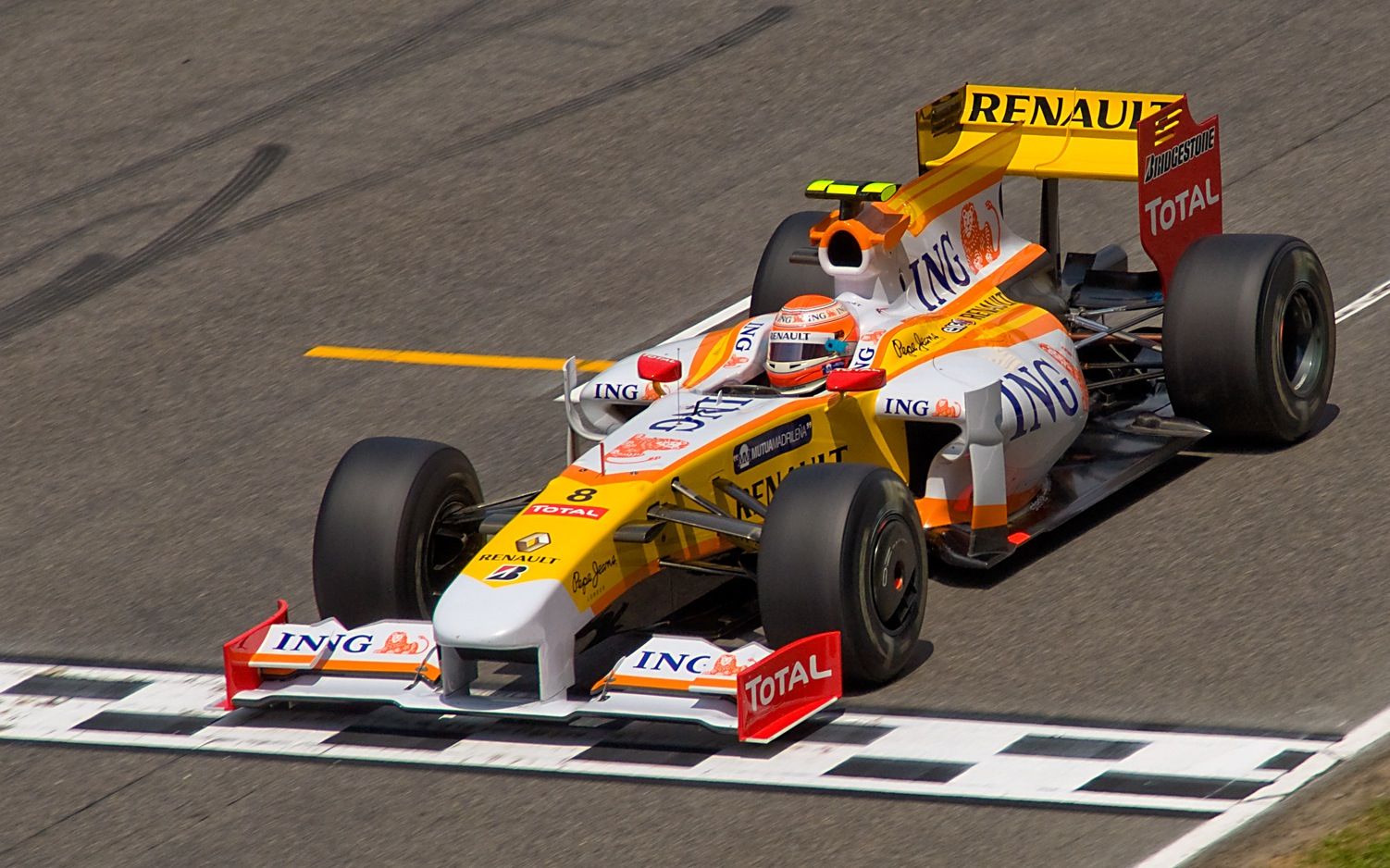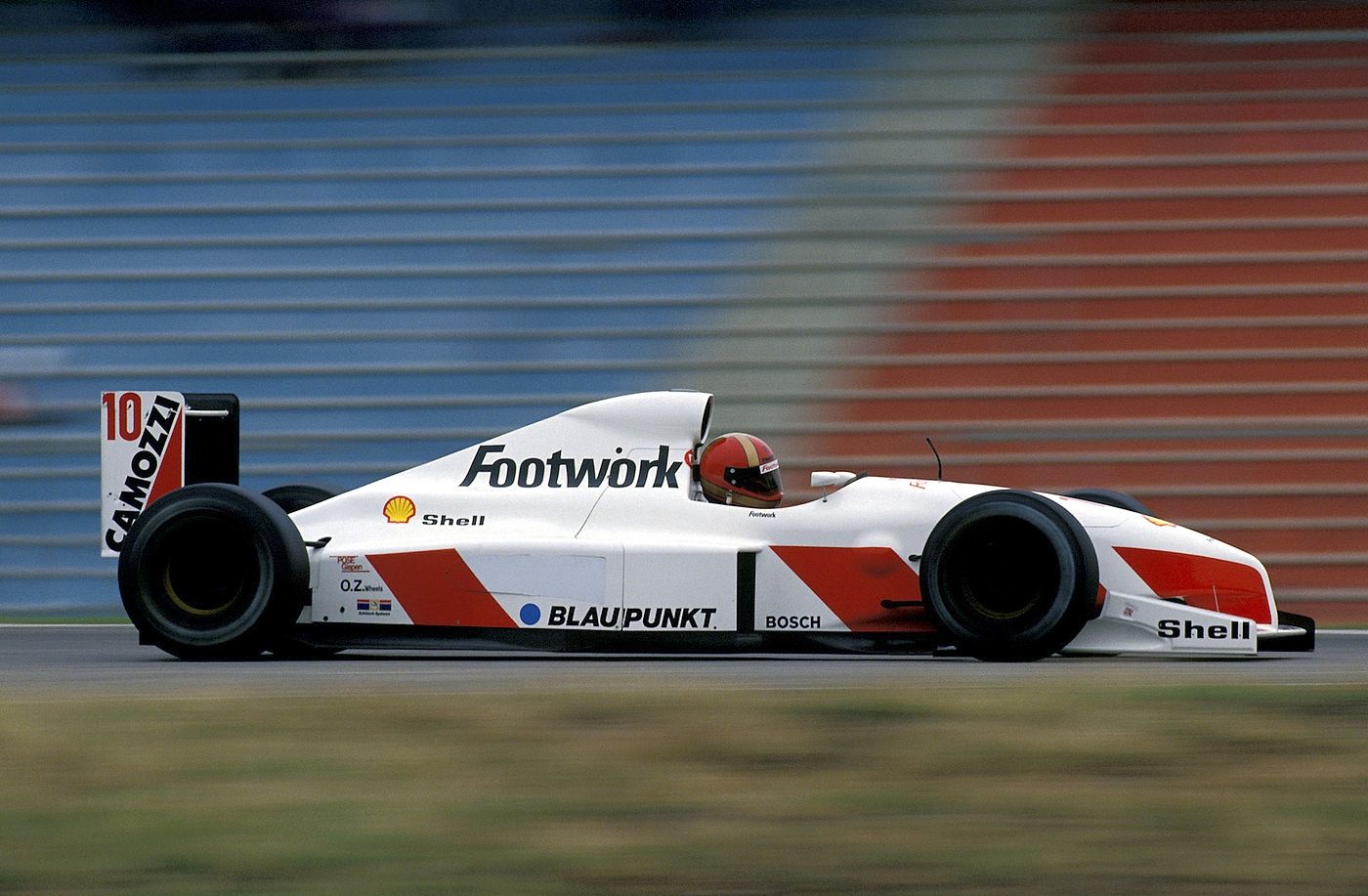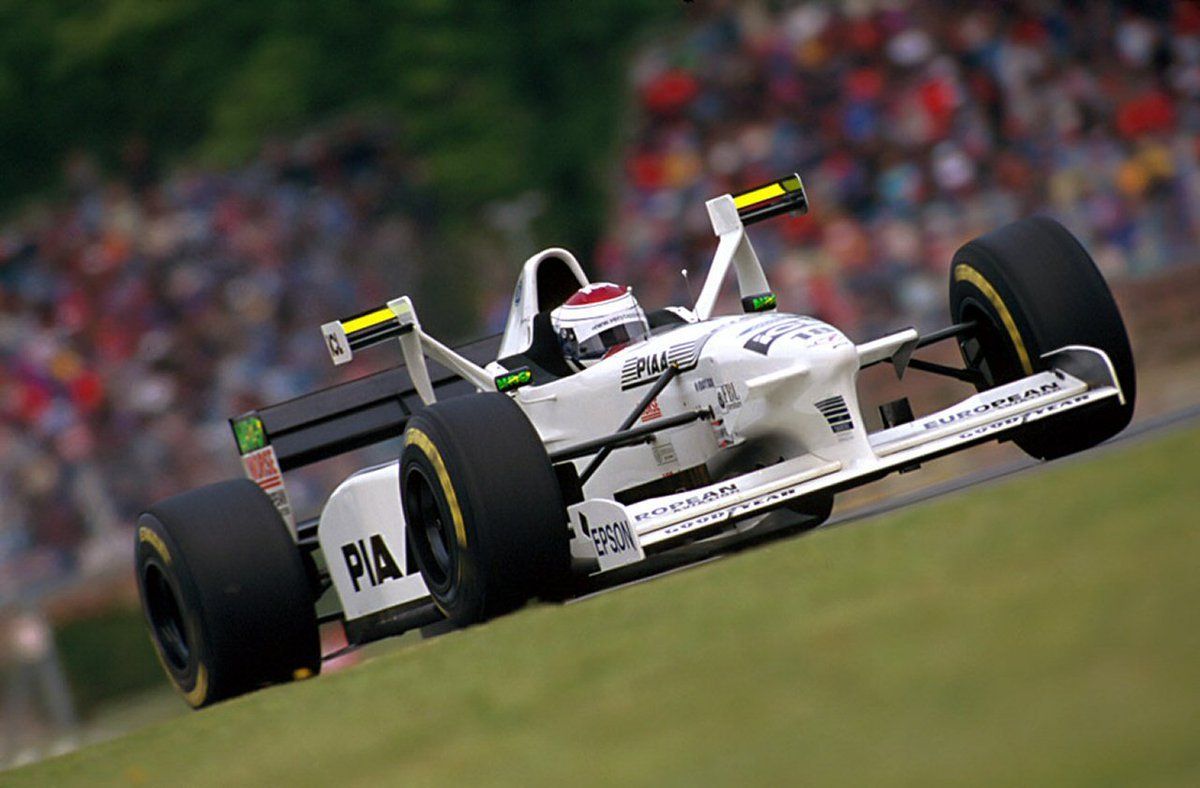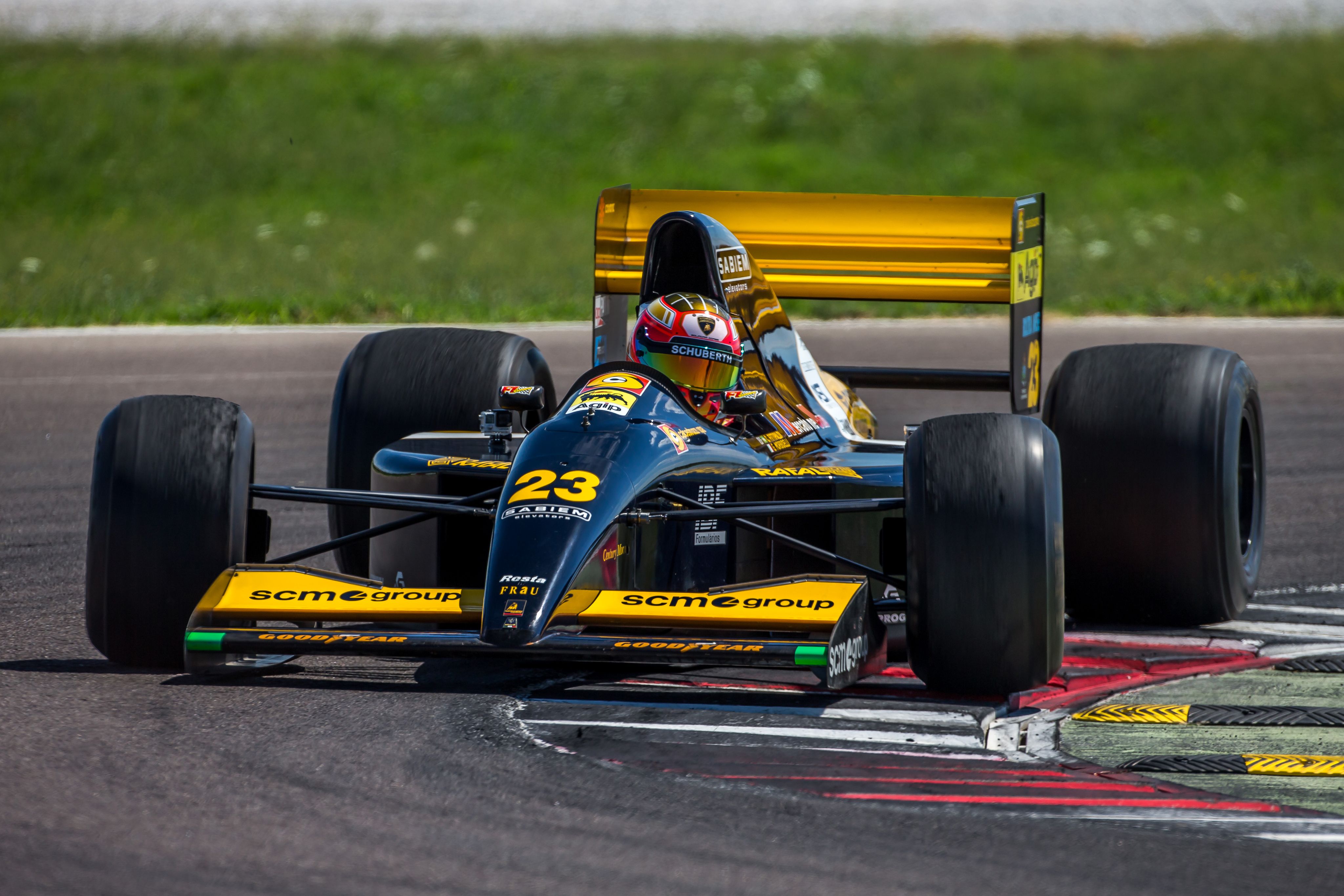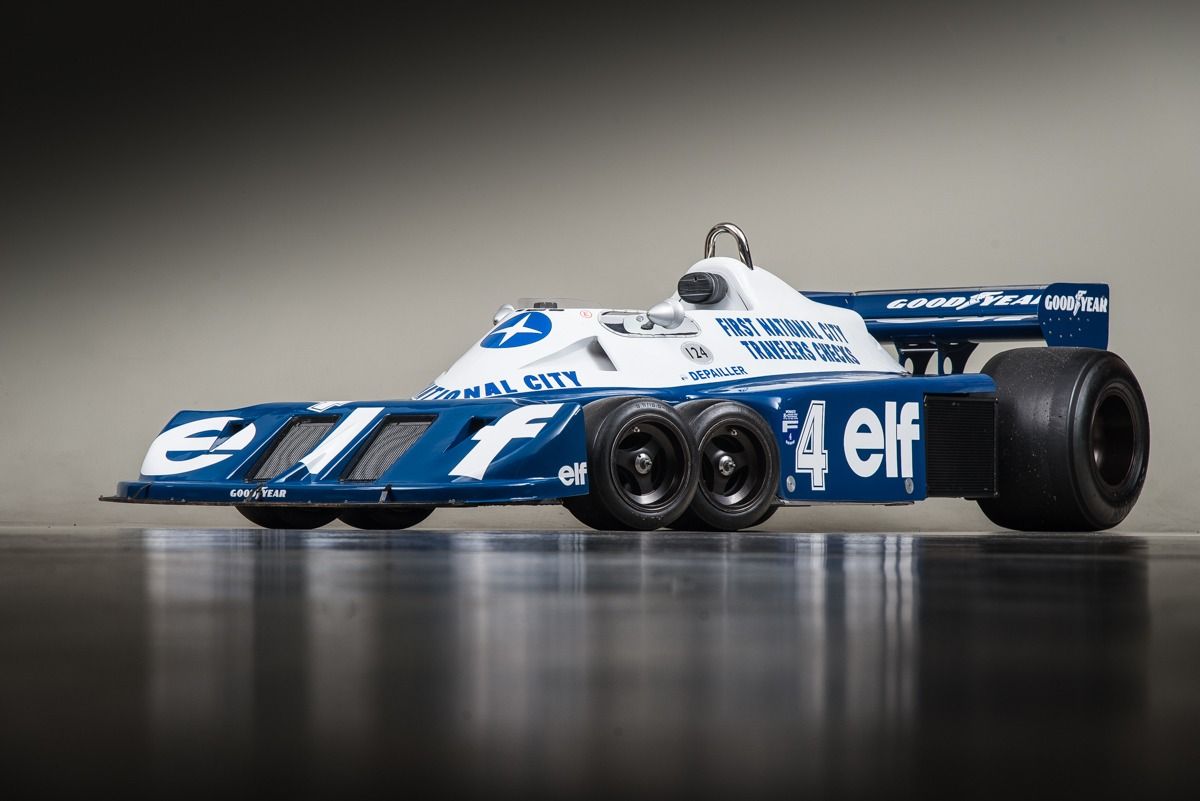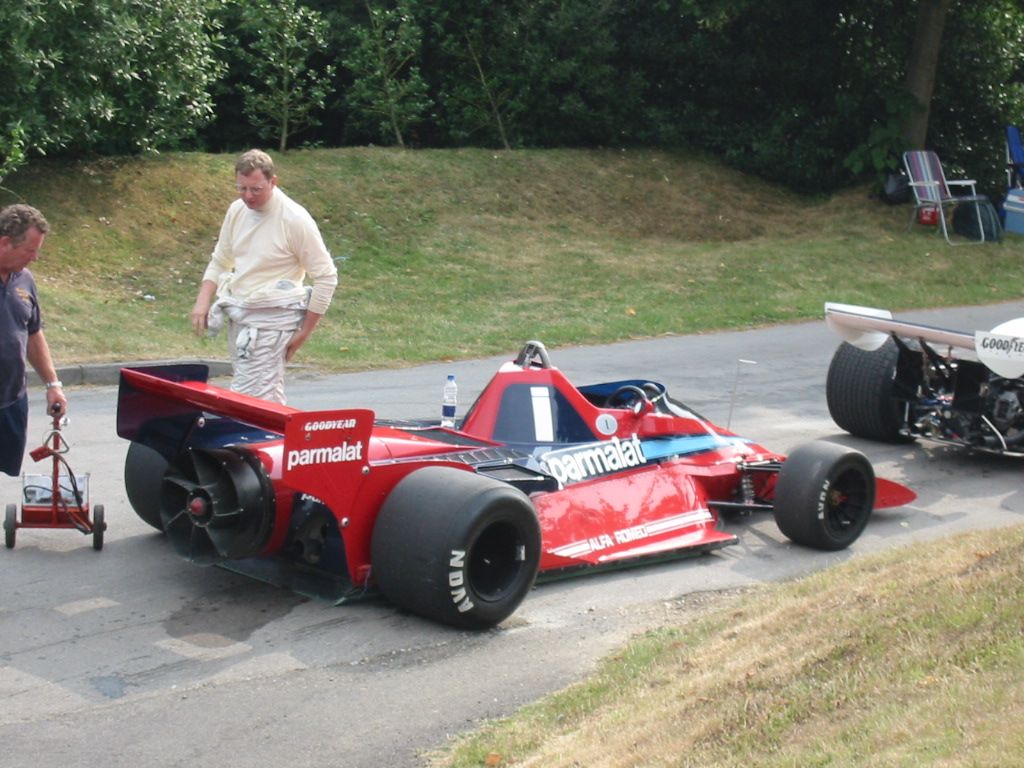Throughout the long and rich history of Formula 1, teams and engineers have worked tirelessly to innovate and revolutionize their race cars to push every ounce of power and speed from it as possible.
Nowadays, there are stiff regulations and specific layouts teams must follow, however, back in the 'golden years' of racing there were no such restrictions. This lead to some crazy designs, neat ideas, and utterly ridiculous creations. Most disappear from the memory of the average F1 enthusiast, but, although they may be strange/old, these vehicles can serve as a sign of what to do and what not to do in motor sports.
10 10. 2014 Caterham CT05
Most of the 2014 Formula One season was one to forget in terms of vehicle design. More specifically, the new regulations that forced most of the cars to have a strange point towards the very front of the F1 car. Needless to say, it didn't go well for fans.
To add to this, the Caterham team was falling to the wayside due to lack of funding and on-track success. This combination of an ugly car with a failing team is a perfect example of the difficulties of F1 and just how easily something can be forgotten.
9 9. 1961 Ferguson P99
For a car that was racing during the beginning of Formula 1's history, you may be surprised to have never heard of it. Well, the Ferguson P99 wasn't all that victorious, but it did offer something memorable: All-wheel drive.
In 1961, rules and regulations were non-existent. Teams could do whatever they pleased as long as it was going to get them to the top step of the podium. Ferguson wasn't all bad though with the famous Sterling Moss saying it was his favorite F1 car to drive in an interview with Motor Sports Magazine in 1997.
8 8. Arrows A22
If you're an F1 fan and you dislike the idea of the new "Halo" for its destruction of the car's aesthetics, then you will certainly hate the Arrows A22. The A22 had a small spoiler right in front of the driver's view similar to the new halo.
The only difference though is that the halo provides safety for the driver and works with the aerodynamics of the vehicle, while the A22's small wing did not. Apparently, Arrows thought the same thing and ended up removing it from the competition.
7 7. Williams FW26
The Williams FW26 was a capable car with a great set of drivers and a legendary team. During it's participating season in 2004, drivers Ralf Schumacher and Juan Pablo Montoya even ended up getting fourth in the championship and a single win.
What differentiates the FW26 though is its unique front end design. Whether you hate it or love it, there's no denying that they did the best with the car as they could during a trying developmental period.
Eventually, the front-end was changed in favor of a more traditional nose.
6 6. Renault R29
After the disaster that was the 2008 season for Renault, the R29 was supposed to be a remedy. Unfortunately, it didn't quite go as intended with Renault finishing eighth in the championship with only 26 points in total.
This clear failure and subsequent performances marked a steady decline for Renault from their once World Championship winning status. Here's hoping that 2019 can be a return to form for the team.
5 5. Footwork FA12
You may be thinking, "Footwork? I've never even heard of that before," and there's a good reason for that. Footwork was a subset of Arrows racing in the '90s. The owner decided to put a large sum into F1 before eventually backing out after 1996.
The cars had interesting liveries and a Porsche engine for some time, before switching suppliers. However, all of that wasn't enough to save the company from the viciousness that is politics and costs in Formula One.
4 4. Tyrrell 025
Modern F1 fans know Max Verstappen and his father Jos from their careers in motor sports, but do you remember the cars Jos Verstappen drove? This includes the Tyrrell 025, one of the most abstract wing set-up so far.
The 025 did actually help with downforce in certain situations, but was eventually banned for the wings (Called "X-Wings") because the pit crew could easily get caught on the oddly placed wings. In the end, they were simply too dangerous.
3 3. Minardi M191B
Although Lamborghini frequently prides themselves on focusing more on their road cars than on motor sports and competition in Formula One, there was a point where Lamborghini participated in the sport with the Minardi M191B.
In the '90s, Lamborghini was a supplier of engines for a few select teams and vehicles. Their cars saw mild success on track, but they didn't last as long as engine giants now. Such as Mercedes, Renault, and Ferrari.
Now, Lamborghini focuses on GT racing and street-legal cars, although a return would not be the most unlikely thing to happen.
2 2. Tyrrell P34
Sometimes four wheels just aren't enough, so Tyrrell went with six. The rule book had never explicitly said that four wheels were a requirement, so P34 was born to test its potential.
Miraculously, the six-wheel formula worked with the P34 ending up third in the championship with a win to its name. This revolution had other teams take up the same idea, but was later ruled out by the F.I.A.
1 1. Brabham BT46 'Fan Car'
The early days of Formula One truly were the glory days of the sports with cars such as the Brabham BT46, nicknamed the 'Fan Car.' The large fan in the back served to cool the engine and push the car to the floor with an absurd amount of downforce.
The BT46 was, as a result, very very quick. Whenever it was in a race it swept the competition. It didn't hurt that the legendary Niki Lauda was the driver either. However, like other great creations in F1, the F.I.A. decided it was too much and outlawed the use of fans or turbines on any race car in the future.

